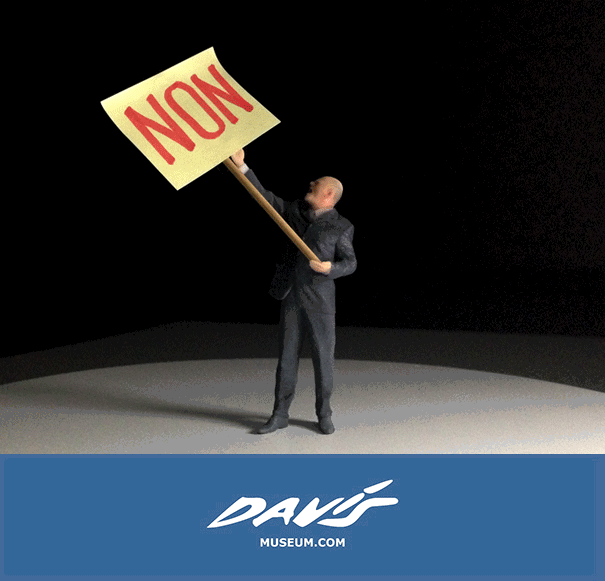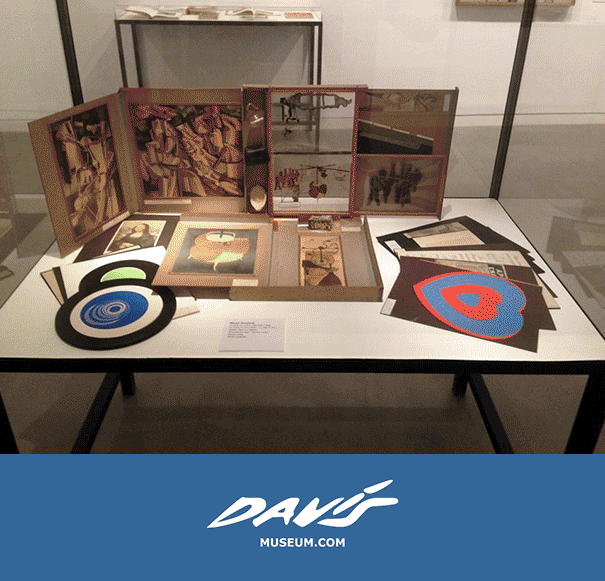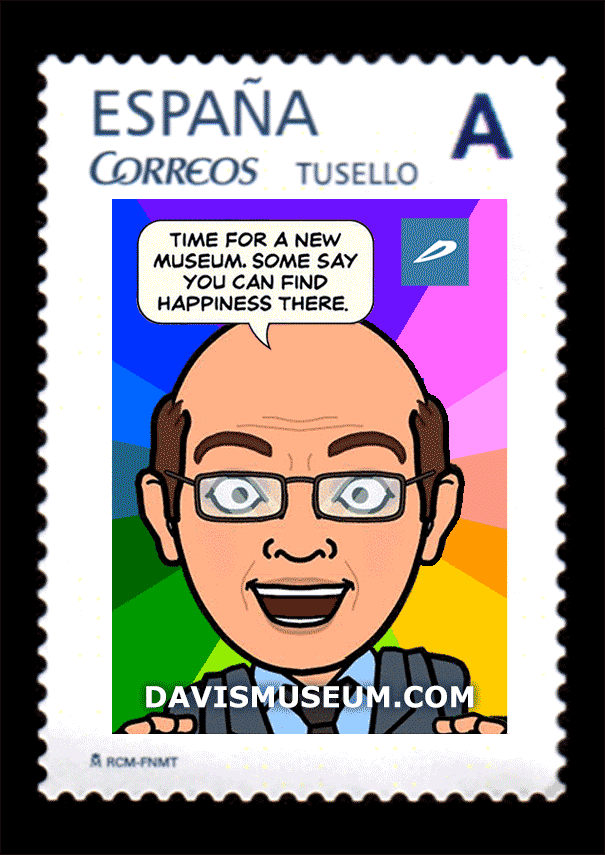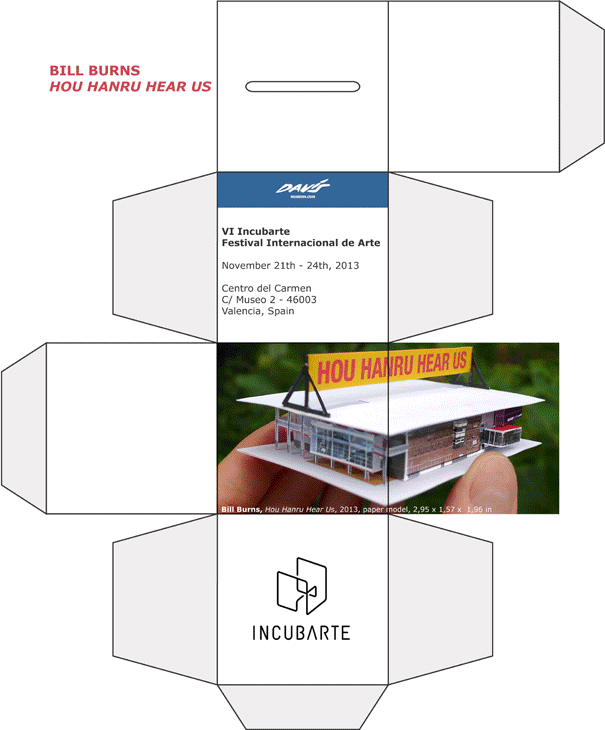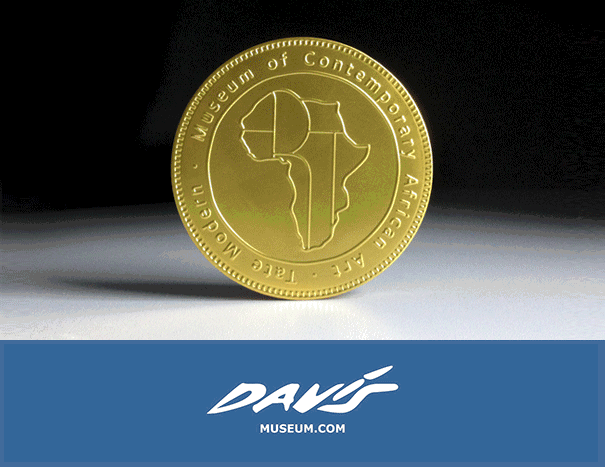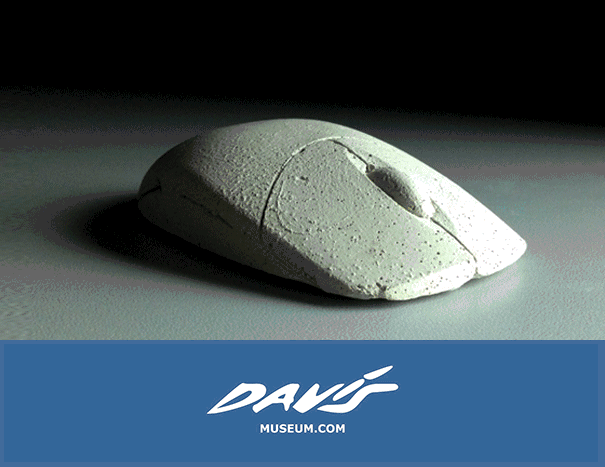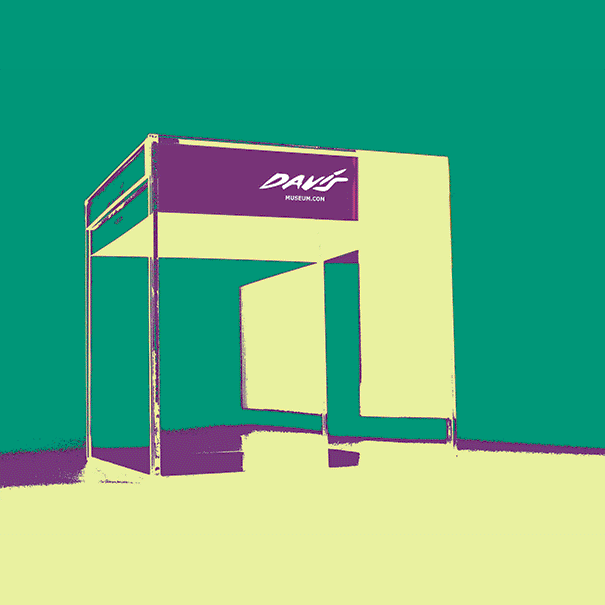What/who inspired the work?
The GIF animations of Flavio de Morais, a Brazilian artist residing in Barcelona, served as inspiration for this section. Morais' sculptures, which are akin to mobile toys that can be manipulated by the viewer, faced a problem when disseminated via the internet, as they lost their sense of movement. To overcome this, Morais transformed photographs of his sculptures into GIF animations, allowing viewers to gain a deeper understanding of the movement of its components.
What do you hope its viewers will feel/think?
I hope that viewers will reflect on the strategic content of the GIF animations as they pertain to, the relationship between politics and culture, institutional critique, the creation of a space for democratic art, a new approach to the works of artists who have created museums during the 20th century, a critique of the myth of progress in Modernity, an expanded perspective on the didactic documents of a museum, the transformation of a series of works or museum spaces into a changing and uninterrupted document, or the application of a Pop Art aesthetic to an emblematic image of the Davis Museum.
Why did you choose the medium, subject matter, style?
From a theoretical perspective, I have selected digital media for this section as it is the common principle that underlies the Davis Museum. Additionally, the selection of this digital medium is also due to its ease of production and low cost, viral capacity to be shared on social networks and visual impact. In terms of style, I have chosen to utilize certain iconic photographs and drawings from the project.
Giphy

